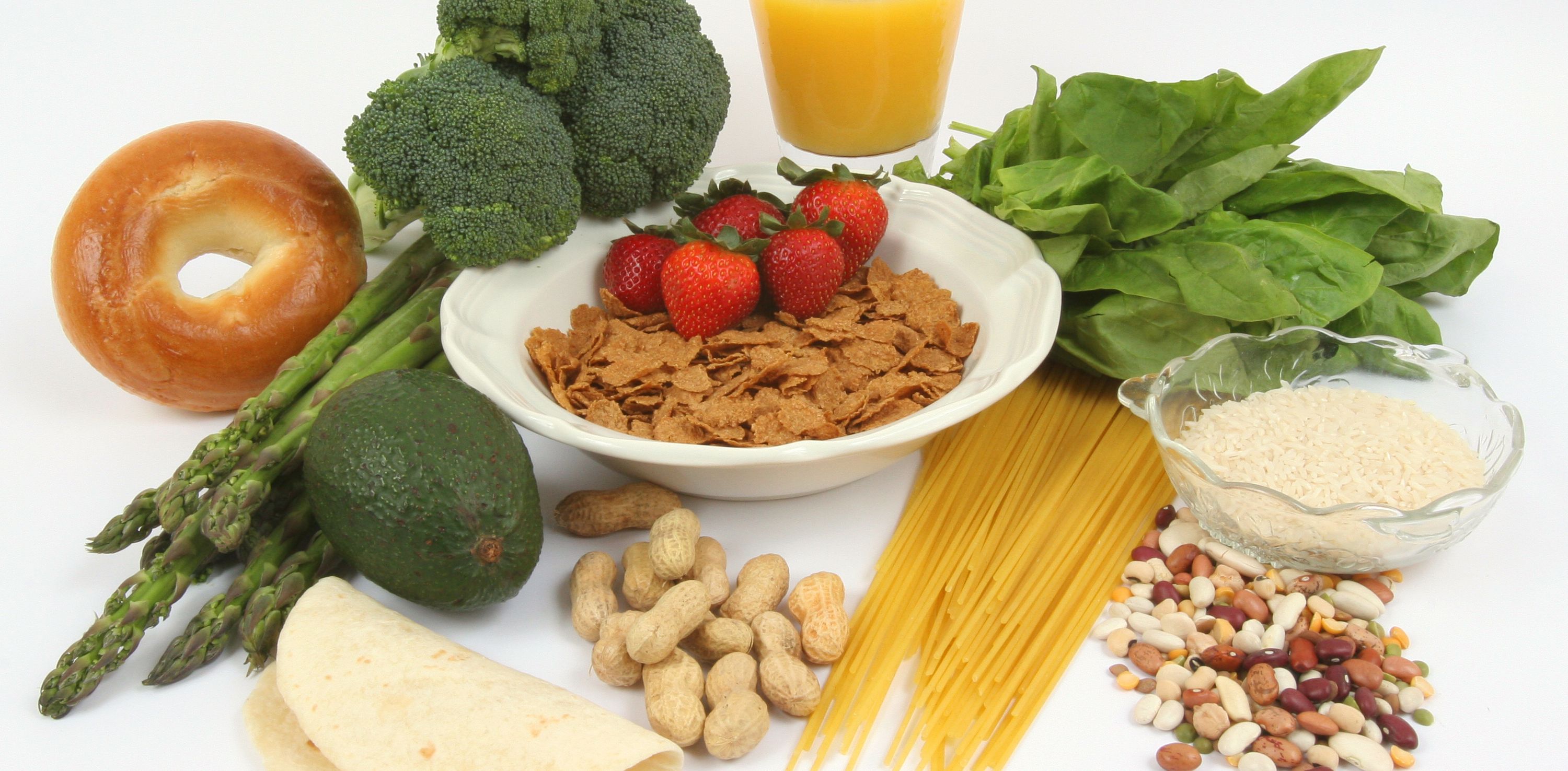Abstract
Folate/folic acid is necessary throughout the entire lifespan, and especially for women who can become pregnant because of its role in reducing the risk of birth defects. This article provides information about the folate/folic acid needs of women who can become pregnant including sources and strategies for meeting the recommended intake for birth defect risk reduction.
References
Berry R. J., Z. Li, J. D. Erickson, S. Li, C. A. Moore, H. Wang, J. Mulinare, et al. 1999. “Prevention of Neural-Tube Defects with Folic Acid in China.” China-U.S. Collaborative Project for Neural Tube Defect Prevention. The New England Journal of Medicine 341 (20): 1485–1490. https://doi.org/10.1056/NEJM199911113412001
Botto, L. D., J. Mulinare, and J. D. Erickson. 2000. “Occurrence of Congenital Heart Defects in Relation to Maternal Multivitamin Use.” American Journal of Epidemiology 151 (9): 878–884. https://doi.org/10.1093/oxfordjournals.aje.a010291
Botto, L. D., J. Mulinare, and J. D. Erickson. 2003. “Do multivitamin or folic acid supplements reduce the risk for congenital heart defects? Evidence and gaps.” American Journal of Medical Genetics Part A 121A (2): 95–101. https://doi.org/10.1002/ajmg.a.20132
Caudill, M. A. 2010. “Folate Bioavailablity: Implications for Establishing Dietary Recommendations and Optimizing Status.” The American Journal of Clinical Nutrition 91 (5): 1455S–1460S. https://doi.org/10.3945/ajcn.2010.28674E
Czeizel, A. E. 1998. “Periconceptional Folic Acid Containing Multivitamin Supplementation.” European Journal of Obstetrics & Gynecology and Reproductive Biology 78 (2): 151–161. https://doi.org/10.1016/S0301-2115(98)00061-X
Czeizel A.E., A. Vereczkey, and I. Szabo. 2015. “Folic Acid in Pregnant Women Associated with Reduced Prevalence of Severe Congenital Heart Defects in their Children: A National Population-based Case-control Study.” European Journal of Obstetrics & Gynecology and Reproductive Biology 193: 34–39. https://doi.org/10.1016/j.ejogrb.2015.06.024
Fabbri, A.D.T., and G. A. Crosby. 2016. “A Review of the Impact of Preparation and Cooking on the Nutritional Quality of Vegetables Legumes.” International Journal of Gastronomy and Food Science 3: 2–11. https://doi.org/10.1016/j.ijgfs.2015.11.001
Finer, L. B., and M. R. Zolna. 2016. “Declines in Unintended Pregnancy in the United States, 2008–2011.” New England Journal of Medicine 374 (9): 843–852. https://doi.org/10.1056/NEJMsa1506575
Institute of Medicine (IOM), Food and Nutrition Board. 1998. Dietary Reference Intakes: Thiamin, Riboflavin, Niacin, Vitamin B6, Folate, Vitamin B12, Pantothenic Acid, Biotin, and Choline. Washington, DC: National Academy Press.
A., E. Shadkam, H. H. Miri, A. S. Shirazi, and M. Abtahi. 2018. “Maternal Folic Acid Supplementation and the Risk of Oral Clefts in Offspring.” The Journal of Craniofacial Surgery 29 (6): e534–e541. https://doi.org/10.1097/SCS.0000000000004488
National Center on Birth Defects and Developmental Disabilities (NCBDDD), and Centers for Disease Control and Prevention (CDC). 2003. Folic Acid Now. Retrieved from https://stacks.cdc.gov/view/cdc/60500/cdc_60500_DS1.pdf
National Institutes of Health (NIH). 2021. “Folate: Fact Sheet for Health Professionals.” Dietary Supplement Fact Sheets. Retrieved from https://ods.od.nih.gov/factsheets/Folate-HealthProfessional/.
Scientific Advisory Committee on Nutrition. 2006. “Folate and Disease Prevention.” London: The Stationary Office. https://assets.publishing.service.gov.uk/media/5a7e370a40f0b62305b818a9/SACN_Folate_and_Disease_Prevention_Report.pdf
US Preventive Services Task Force. 2017. “Folic Acid Supplementation for the Prevention of Neural Tube Defects: US Preventive Services Task Force Recommendation Statement.” JAMA 317 (2): 183–189. https://doi.org/10.1001/jama.2016.19438
van Beynum, I. M., L. Kapusta, M. K. Bakker, M. den Heijer, H. J. Blom, and H. E. de Walle. 2010. “Protective Effect of Periconceptional Folic Acid Supplements on the Risk of Congenital Heart Defects: A Registry-based Case-control Study in the Northern Netherlands.” European Heart Journal 31 (4): 464–471. https://doi.org/10.1093/eurheartj/ehp479
van Gool, J. D., H. Hirche, H. Lax, L. De Schaepdrijver. 2018. “Folic Acid and Primary Prevention of Neural Tube Defects: A Review.” Reproductive Toxicology 80: 73–84. https://doi.org/10.1016/j.reprotox.2018.05.004
Viswanathan, M, K. A. Treiman, J. Kish-Doto, J. C. Middleton, E. J. Coker-Schwimmer, and W. K. Nicholson. 2017. “Folic Acid Supplementation for the Prevention of Neural Tube Defects: An Updated Evidence Report and Systematic Review for the US Preventive Services Task Force.” JAMA 317 (2): 190–203. https://doi.org/10.1001/jama.2016.19193
Wolff, T., C. T. Witkop, T. Miller, and S. B. Syed. 2009. “Folic Acid Supplementation for the Prevention of Neural Tube Defects: An Update of the Evidence for the US Preventive Services Task Force.” Annals of Internal Medicine 150 (9): 632–639. https://doi.org/10.7326/0003-4819-150-9-200905050-00010
Wondemagegn, A. T., and M. Afework. 2022. “The Association between Folic Acid Supplementation and Congenital Heart Defects: Systematic Review and Meta-analysis.” SAGE Open Medicine 10. https://doi.org/10.1177/20503121221081069

